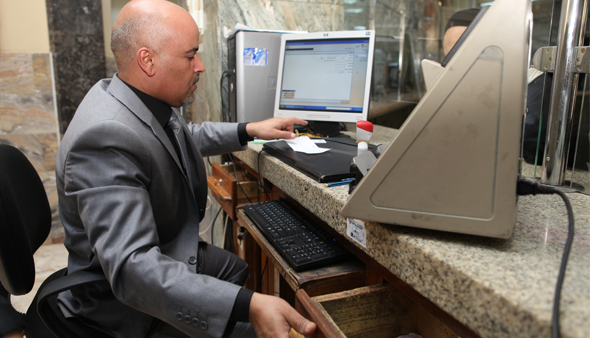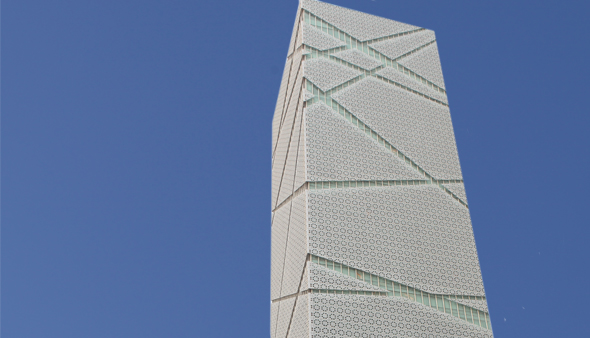Libya Reports Strong Economic Growth in 2012
Libya Top Stories
Libya Reports Strong Economic Growth in 2012
With the recovery in hydrocarbon exports, the fiscal and current account surpluses in 2013 are projected at 19.1% of GDP and 26.7%, respectively. Nevertheless, the increase in recurrent expenditures poses risks to fiscal sustainability.
Libya Reports Strong Economic Growth in 2012
The International Monetary Fund (IMF) issued its concluding statement on Libya’s 2013 Artivle IV Consultation in which it indicated that while economic activity is recovering rapidly, the high degree of dependency on volatile hydrocarbon earnings makes economic performance vulnerable to oil shocks.
Although the overall balance moved from a budget deficit of 18.7% of GDP in 2011 to a surplus of 24.0% of GDP in 2012 with the restoration of hydrocarbon output, the fiscal breakeven price of oil rose from US$ 67 per barrel in 2010 to US$ 74 in 2012.
The composition of government spending became skewed toward current expenditure due to increases in the wage bill and subsidies.
Although the overall balance moved from a budget deficit of 18.7% of GDP in 2011 to a surplus of 24.0% of GDP in 2012 with the restoration of hydrocarbon output, the fiscal breakeven price of oil rose from US$ 67 per barrel in 2010 to US$ 74 in 2012.
Moreover, the nonhydrocarbon budget deficit widened from 139.6% of non-hydrocarbon GDP in 2010 to 191.0% in 2012.
According to the IMF, hydrocarbon production should reach pre-conflict levels in 2013, while reconstruction expenditure and private demand should facilitate an improvement in the non-hydrocarbon sectors.
Nonhydrocarbon growth will be strong, averaging almost 15.3% during 2013-2018, and output will reach the pre-conflict level in 2015. 
Nevertheless, a significant reduction in unemployment will not occur as a result of a return to the pre-conflict status quo. Overall, the Fund remains positive on Libya near-term economic outlook but warns of downside risks. Key risks to the outlook include delays in normalizing the political environment and security situation.
There are security-related spillovers from neighboring countries and there is a potential for negative spillovers from Libya to the region via renewed conflict and to the world via disruption of hydrocarbon production, as per the IMF.
Libya’s public finances and external current account remain vulnerable to a sustained decline in oil prices.
With the recovery in hydrocarbon exports, the fiscal and current account surpluses in 2013 are projected at 19.1% of GDP and 26.7%, respectively. Nevertheless, the increase in recurrent expenditures poses risks to fiscal sustainability.
In the medium term, necessary reconstruction and development spending will push the budget into deficit in the absence of a curb on current spending.
Source: Bank Audi Research
